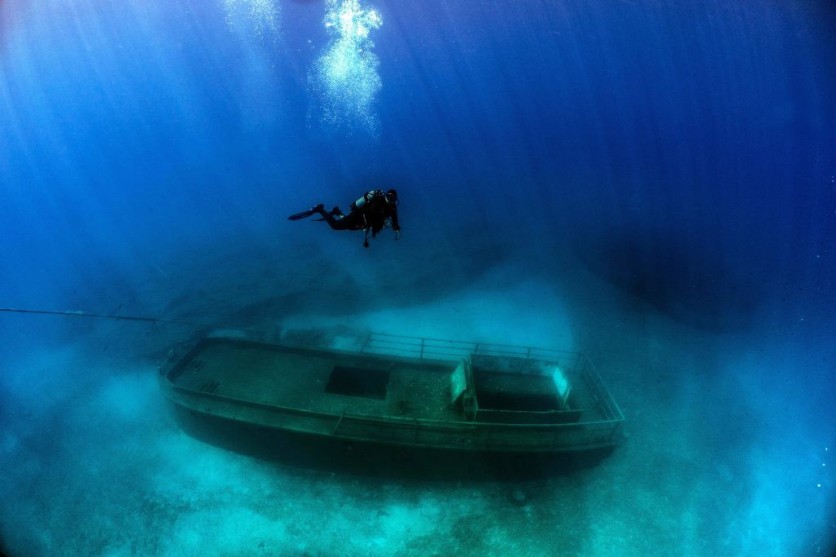Norwegian marine archaeologists from several institutions have recently dived into Lake Mjøsa in search of shipwrecks.
During this dive, they inspected five known wrecks in the lake, with one wreck in particular, the Storfjord wreck, attracting much attention, reported first by Sciencenorway.

Using the underwater robot Hugin, which was originally mapping ammunition dumped on the lake's floor, the wreck was discovered. The ship is found 400 meters below the surface in the middle of the lake, making it too deep for archaeologists to reach by diving.
Instead, they employed a remote-controlled underwater vehicle to explore it. The researchers hypothesize that the shipwreck, which could date back to the 1300s, may be the oldest ever discovered in Lake Mjøsa, and possibly in Norway.
Oldest Known Shipwreck in Norway
The Storfjord wreck is a wooden vessel built using the clinker method, which is typical of Nordic construction techniques dating back to the Iron Age. The ship is 10 meters long and 2.5 meters wide, with overlapping wooden planks being a distinctive feature of clinker-built boats.
Some of the planks on the vessel were observed to be loosened, implying that it had been in the lake for a significant amount of time.
Based on sonar images, the researchers have generated a 3D model that exposes some noteworthy attributes of the shipwreck. The vessel has protrusions called stems on both ends, with one stem being more erect, suggesting it was probably a steering oar.
This feature is rare in Norwegian boats predating the 14th century. Hence, the archaeologists speculate that the ship could have been constructed between the 1300s and 1850. A steering oar is a pivoting rudder attached to a boat's stern that controls its direction.
The earliest known archaeological evidence of a boat with a steering oar differs substantially from the Storfjord wreck.
Mysteries in Abundance
This discovery could have implications beyond the realm of local maritime history. The researchers have not yet sighted the rudder because it is not visible in the video footage, but the shipwreck remains an exciting find and abundant with mysteries.
During Ocean Week at NTNU in Gjøvik, the researchers showcased a brief video of the wreck, which offered fresh insights into its features.
However, due to the limited duration of the footage, only a glimpse of the wreck was captured. The researchers remain enthusiastic about the prospect of delving deeper into the vessel's mysteries and aspire to uncover more about its origins.
Despite the ship resting at the bottom of the lake for an extended period, it is believed to hold many secrets yet to be unearthed.
Related Article : Archaeologists May Have Discovered the Earliest Known Narrative Scene Carved in an 11,000-year-old Neolithic Bench

ⓒ 2026 TECHTIMES.com All rights reserved. Do not reproduce without permission.




